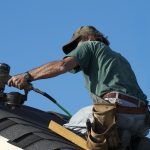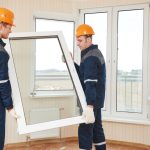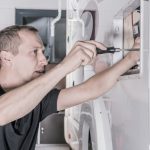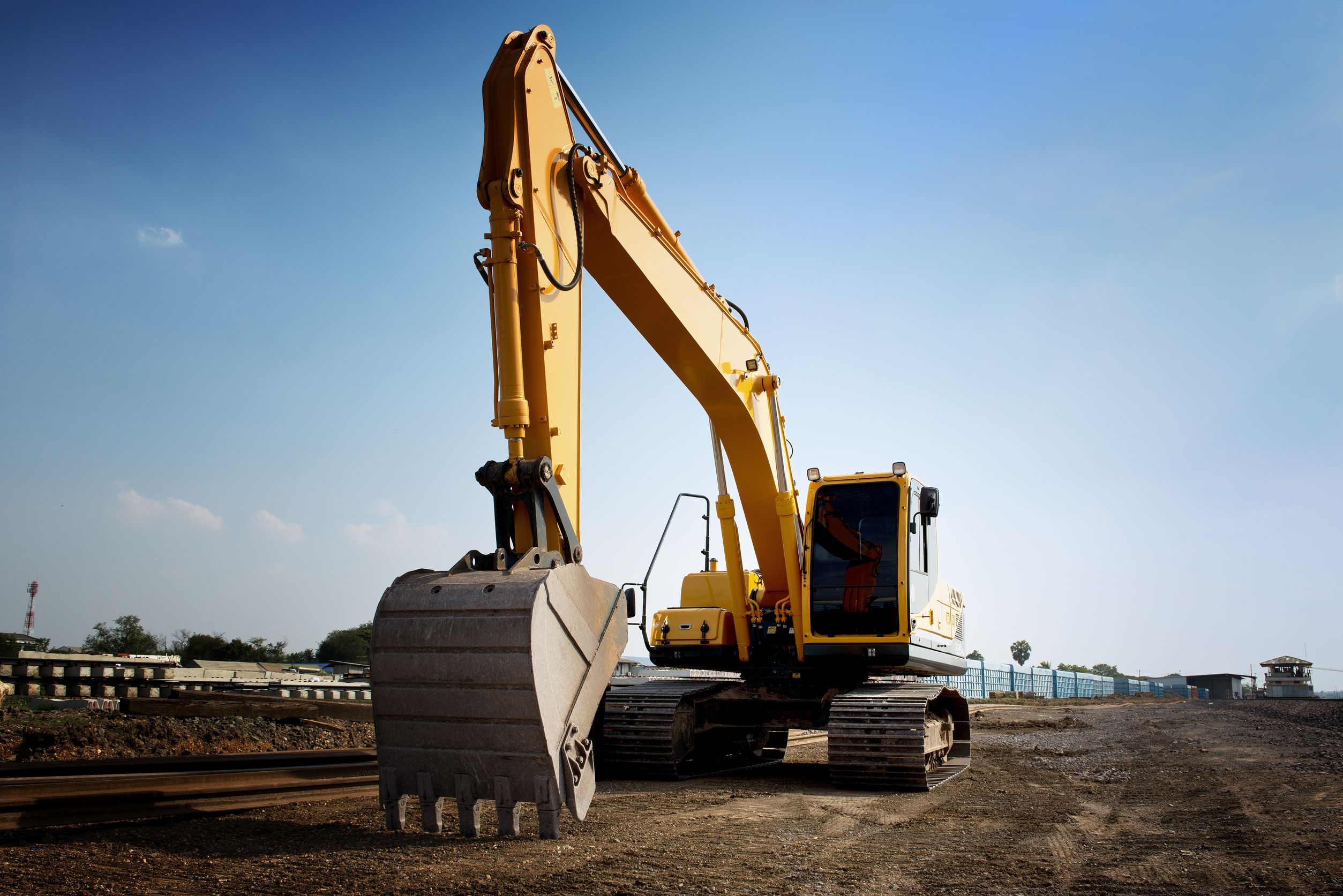There are a number of ways to remove dust, dirt, fumes and other contaminates from an industrial facility, some are mechanical in nature while others are electric operated but they all have the same objective; change the air, eliminating stale air and replace it with fresh air.
A typical solution for removing contaminated air from a facility is to have a wall mounted axial fan installed in the wall of the building and then industrial roof exhaust fans located in various locations on the roof. The roof mounted exhaust fans are updraft design, pulling the air from the interior space, exhausting it outside. The air is replaced by a steady stream of fresh air pulled in by the axial fan.
Most people are familiar with an axial fan; this design is what one sees around the house where the air moves on the same plane as the fan shaft. In an industrial version the propeller blade is quite large and is enclosed in a safety cage. A radial fan has design characteristics such that it moves very high volumes of air but at low pressure so the “draft” from the fan is rarely felt, the air simply is introduced into space. In most cases the drive mechanism consists of a single speed squirrel cage motor. Through the use of sheaves and belts the fan speed is controlled, in most cases a direct drive is not appropriate. To provide protection when the fan is not operating a louver closes.
Located usually at the far end of the structure are industrial roof exhaust fans. As the name implies these fans are located on the top of the roof and they draw the contaminated air in. Depending on the volume of air in the building there may be more than one exhaust fan as they have the tendency to have higher pressures but lower volumes of discharge.
Most industrial roof exhaust fans are centrifugal fans. These types of fans do not use a propeller blade which moves the air in the direction of the fan shaft; they use a wheel with a series of blades that are inclined. Depending on the design the blades may curve backward or forward. The air is pulled into the housing and the wheel discharges it at right angles to the shaft. As the wheel on a roof exhaust fan is in the horizontal position, the air is also discharged in the same direction and at reasonably high pressure.








